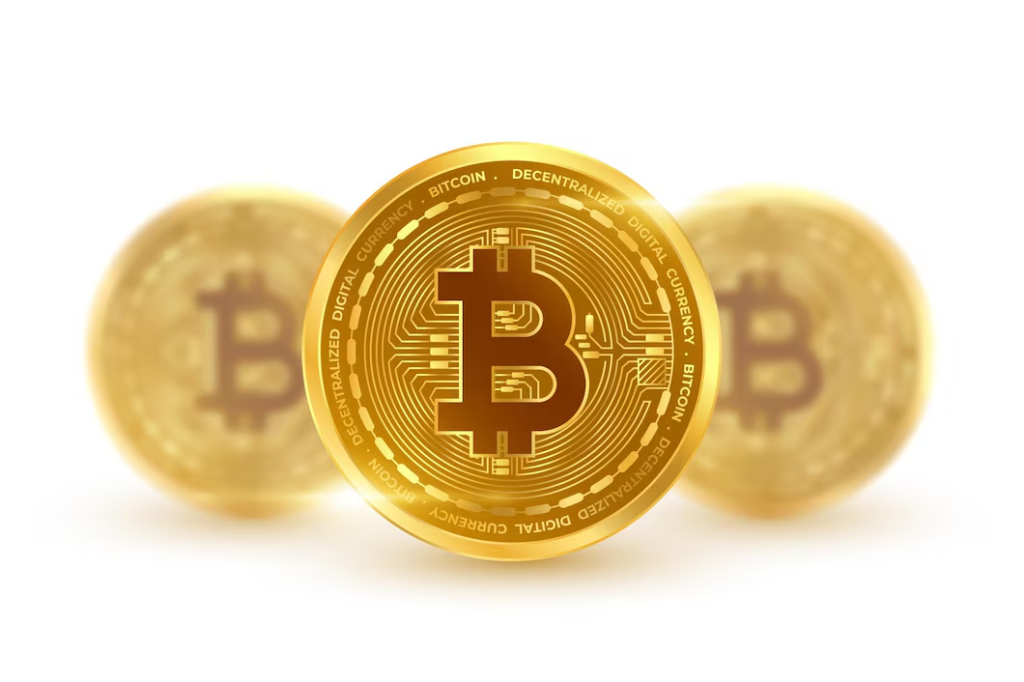Introduction
Cryptocurrency could be very confusing with all the technical terms and jargon. There is the “yield farming,” “staking,” etc. It is very difficult for many to sequester their minds beyond the illusion they hold that the two concepts are the same when, in reality, they play two quite different roles in the cryptosphere.
In this video, we are going to explain yield farming and staking, two favorite ways of accruing rewards on your crypto assets. We are going to learn how both of them work, what their benefits and risks are, and why it is so important to understand the differences between them.
It will then take you right through to the end, whereby you have a brilliant understanding of what yield farming is and staking-those two things that make it unique-and how you can use them to your advantage in the world of cryptocurrencies.

Section 1: Definitions
Yield Farming
In a nutshell, yield farming is the process of putting your cryptocurrency to work for an investment in DeFi protocols. Investors generally need to invest their assets into the available liquidity pools on DEXes, like the decentralized exchange Uniswap, or on lending platforms, such as Aave, and receive returns in the form of portions of the fees or interest.
Staking
Staking is essentially a process where you lock up your cryptocurrency to support the security and operation of a blockchain using the PoS consensus mechanism. In return, you are usually rewarded with more tokens. As such, it becomes one of the methods through which transactions are verified and security is held across the network.
Section 2: Utility
Staking:
Staking in the Proof of Stake blockchain enhances the security and decentralization of the network. In these words, your staking is being more like a contribution to the integrity of the blockchain and keeping the consensus mechanism alive from your side alive and well.
Yield Farming:
The latter procedure of lending the fund to liquidity pools is an operational function of such platforms and thereby automatically results in rewarding the farmer with their component share of fees or interests paid out to users of most of the DeFi services.

Section 3: Lock-Up Periods
Yield Farming:
The nature of yield farming is fundamentally flexible, as there are no defined periods that bind one to redeem his contribution at all costs. An investor is allowed to withdraw his assets at will to provide liquidity to an urgent investor who needed access to his funds.
Staking:
This usually means that, with staking, the unstaking could take anywhere from days to weeks. In these periods, your assets are locked-up, unusable for trading or withdrawal. This can be considered a major setback for those who need liquidation of their funds with ease.
Section 4: Risks and Rewards
Risks of Staking:
Slashing: Validators may lose some of their staked tokens due to penalties coming from errors or malicious behavior.
- Lock-Up Risk: By making stakes, one loses the opportunity of better trading positions for his funds because they get locked up for the period when they are not staked.
Yield Farming Risks:
- Impermanent Loss: Due to value fluctuations inside pools of assets, one can be left with post-factum losses from just holding the asset.
Smart Contract Risks: Under the covers of DeFi, protocols might include bugs or exploits that can result in huge financial losses. - Rug Pulls and Scams: These projects are novel and thus relatively unvetted, so vulnerabilities in such platforms being exposed do exist, and an exit scam will most likely be pulled.
In general, these tend to be way lower in APY, more conservative-one would say single digits, either low or mid. Fixed rewards, yes, but lower compared to yield farming.
Yield Farming Rewards:
Yield farming can be quite lucrative; the percentages may go to double digits and even higher in certain cases, depending on the protocol and strategy that one is following. But a high yield also brings complexity and higher risk to it.

Conclusion
It perfectly makes sense that the difference between yield farming and staking could go one far in deciding the management and growth concerns of crypto assets. Yield farming, in this case, affords higher profit opportunities but comes with higher risk, making it different from staking, which is stable but bears a low yield.
Understand that the chase is best positioned to set strategies within securing the desired goal, be that in high-risk and high-reward yield farming or in relatively less risky staking for acquiring more secure returns.
Call to Action
Like, subscribe, and ring that notification bell if you found this video informative. More videos about cryptocurrency and DeFi are down below. Leave your questions or experiences with yield farming or staking in the comment section below. We’d love to hear from you!